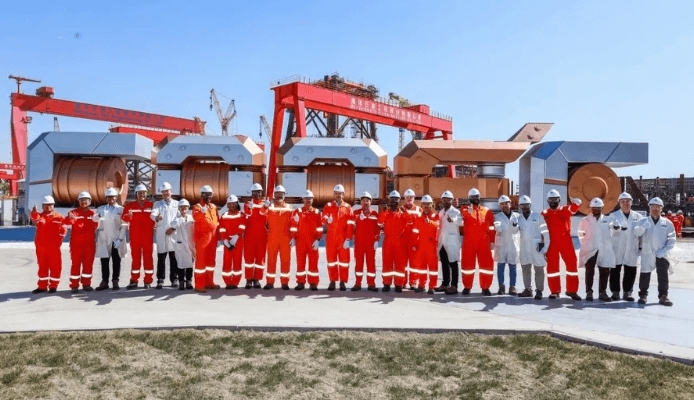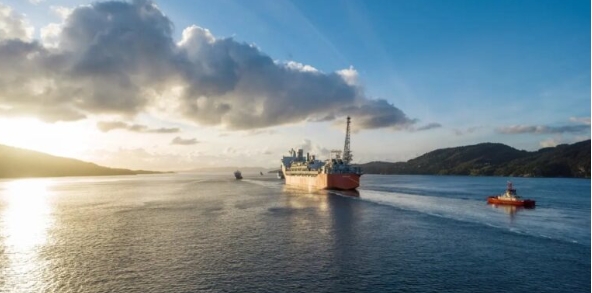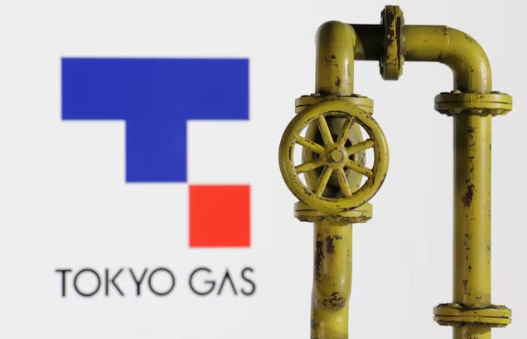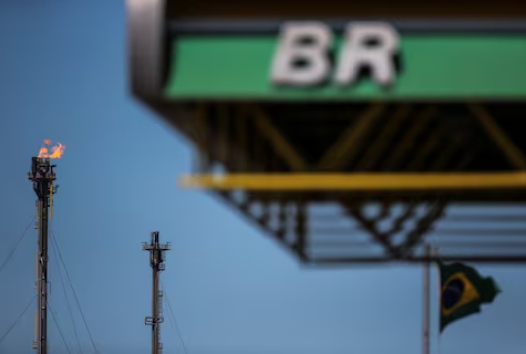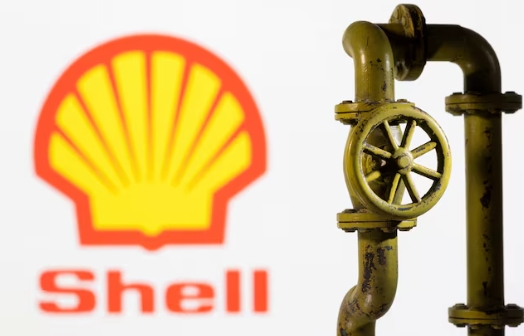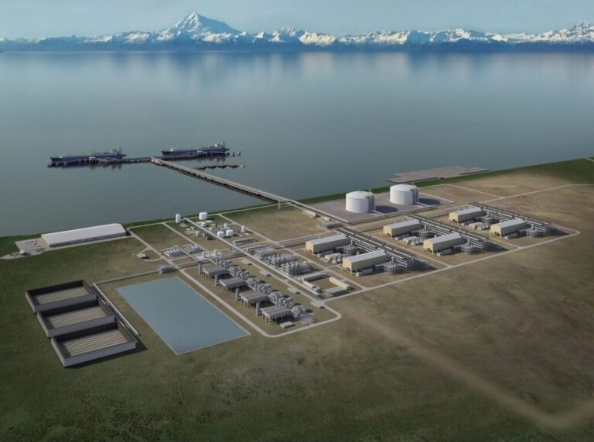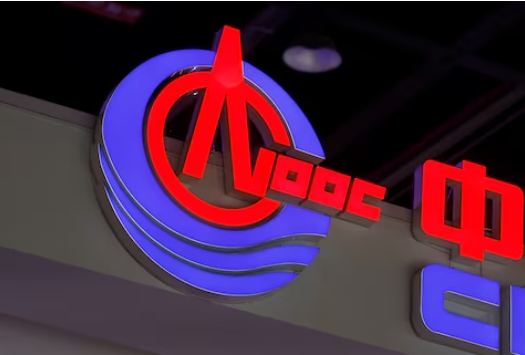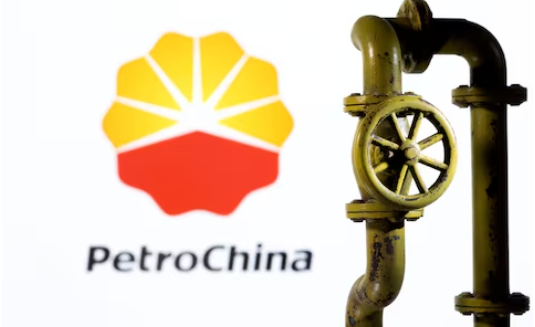
The reactive, petrophysical, high-pressure, high-temperature testing system PAX-1600, or known as “TrueTriax” for short, allows for unique experiments to be carried out under conditions that prevail at depths of up to ten kilometers. In particular, the TrueTriax system can be used to carry out highly specialized pressure and permeability tests on rock samples. The tests can also be done using liquids that correspond in composition to deep thermal waters.
Pressure, temperature and flow parameters for gases or liquids can be varied and measured, while acoustic sensors enable the seismic analysis of fracture processes in rock.
The testing system can be useful for a range of geothermal projects – from deep geothermal as a renewable energy supply, to heat storage or the storage of hydrogen as a future energy sources. The technology can allow researchers to precisely characterize the processes and interactions that take place at high temperature and pressure between rock and fluids, thus answering questions such as:
How permeable is the rock to certain liquids or gases? How does this change with varying pressure and temperature?
Under what loads and from which directions does the rock break?
How does varying subsurface temperature affect fracture properties?
What chemical reactions take place under these extreme pressure and temperature conditions?
The TrueTriax system was financed by the state of Brandenburg via the Investitionsbank des Landes Brandenburg (ILB) using funds from the European Regional Development Fund (ERDF). In addition to the EUR 1.6 million from the EU, the GFZ invested EUR 1 million. The system was built by the Göttingen company APS Wille Geotechnik according to specifications from GFZ scientists.
“The TrueTriax system opens up previously unattainable dimensions for the investigation of important processes deep underground. In the circle of our high-caliber infrastructure, this is a pioneering highlight that will bring us important new findings in geoenergy research – a research area that has become particularly relevant to society in recent years,” said Prof Dr Susanne Buiter, Scientific Director of the GFZ.
“We are delighted that we have been able to create a unique system with the TrueTriax. This has taken the GFZ into a new testing field worldwide. The system is our eye on the subsurface: we work with assumptions, models, forecasts – to make statements about the subsurface. Measurement data is the essential basis for this. The TrueTriax will provide us with unique data on the complex coupled thermal, hydraulic, mechanical and chemical processes,” added Prof Dr -Ing. Ingo Sass, Head of the Geoenergy Section at GFZ.
“Last but not least, when drilling for promising reservoirs or storage horizons, it is important to know the conditions in the deep rock as well as possible. Drilling requires investments running into the millions, and optimizing drilling plans and forecasts helps to save money: It reduces drilling costs, increases safety and reduces the risk of discovery.”
